Sundials
Various Kinds in Various Places

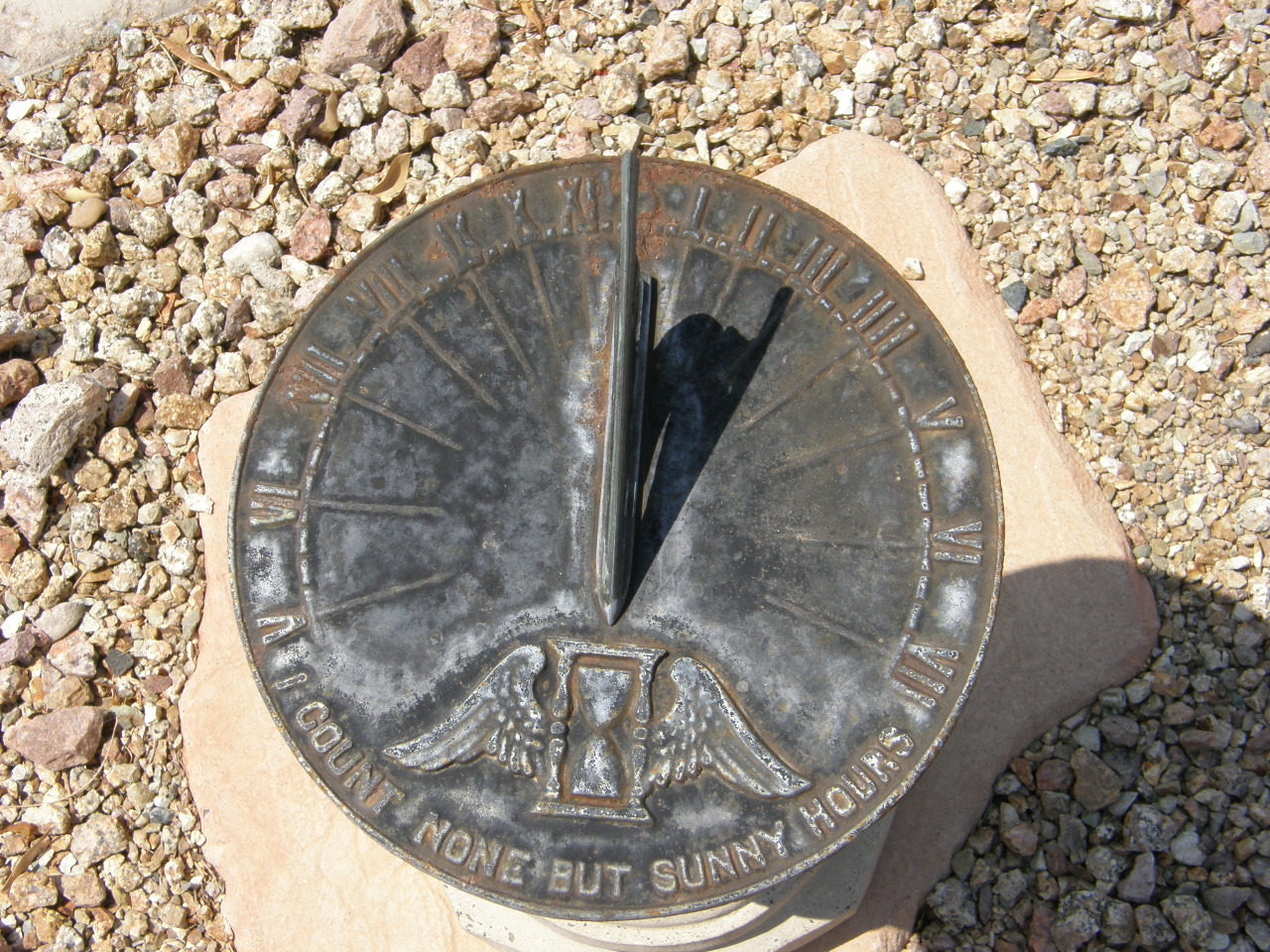
I have the sundial (above) in front of my Gold Canyon home. I wonder what time of day it was when I took this picture.
The large sundial (below) is located in Cave Creek, AZ.
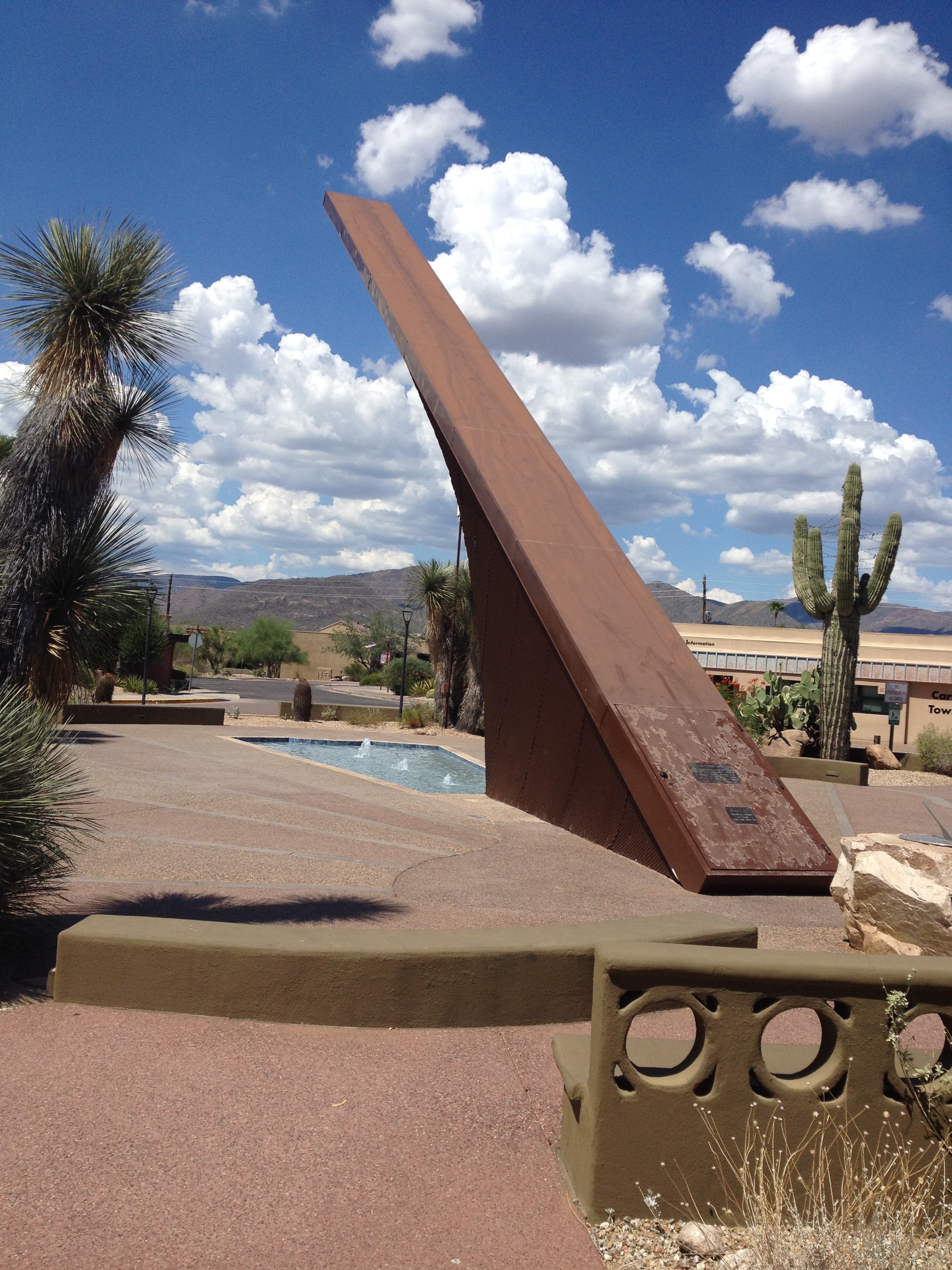

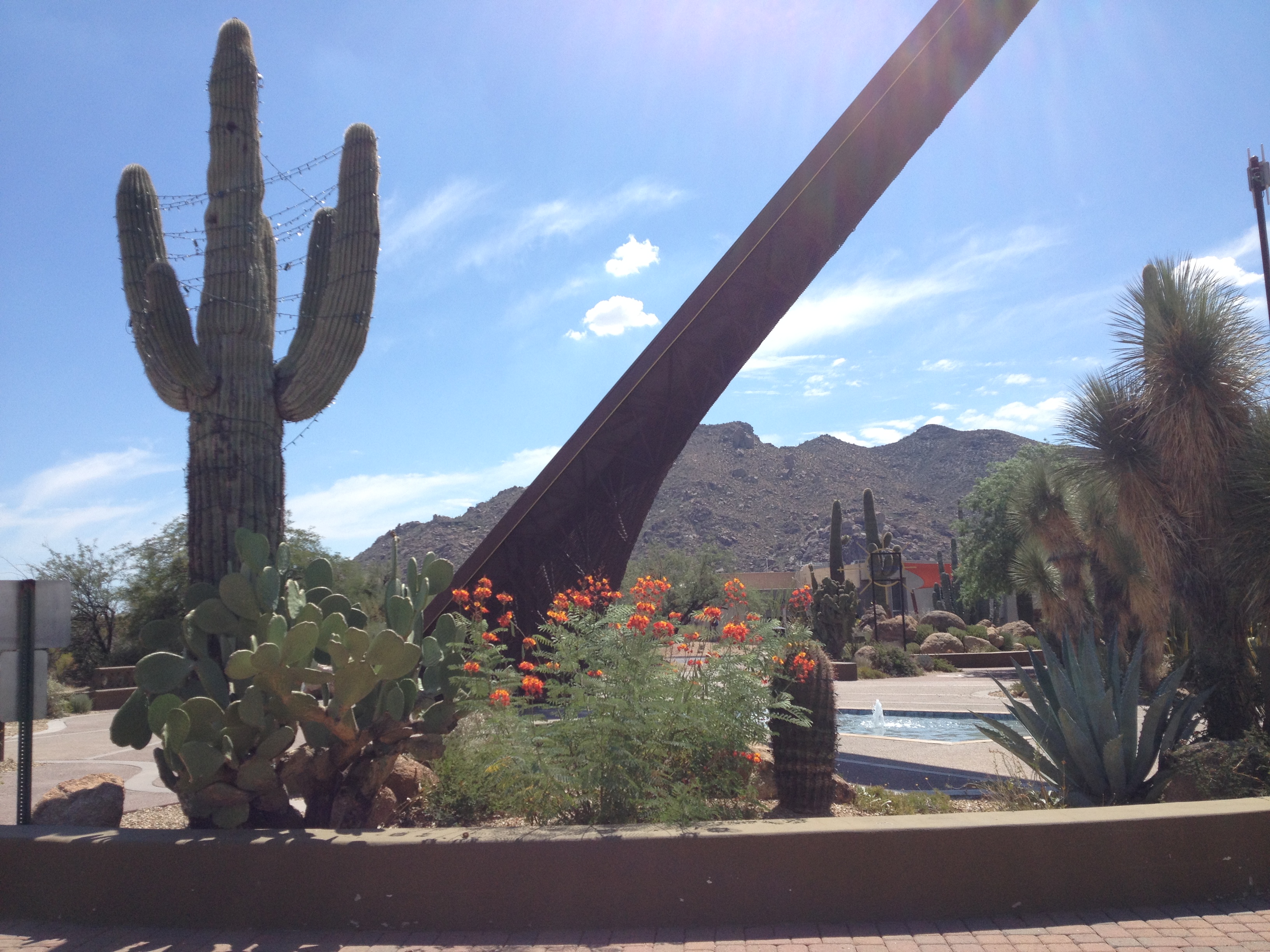
The hisoric sundial (below) is located in Pompeii, Italy. It survived the eruption of Mt. Vesuvius (actually Mt. Somma) in AD 79. Mt. Vesuvius, which subsequently formed in the eruptive crater of Mt. Somma, is evident in the backgrouned. I took these photographs in the fall of 2018.
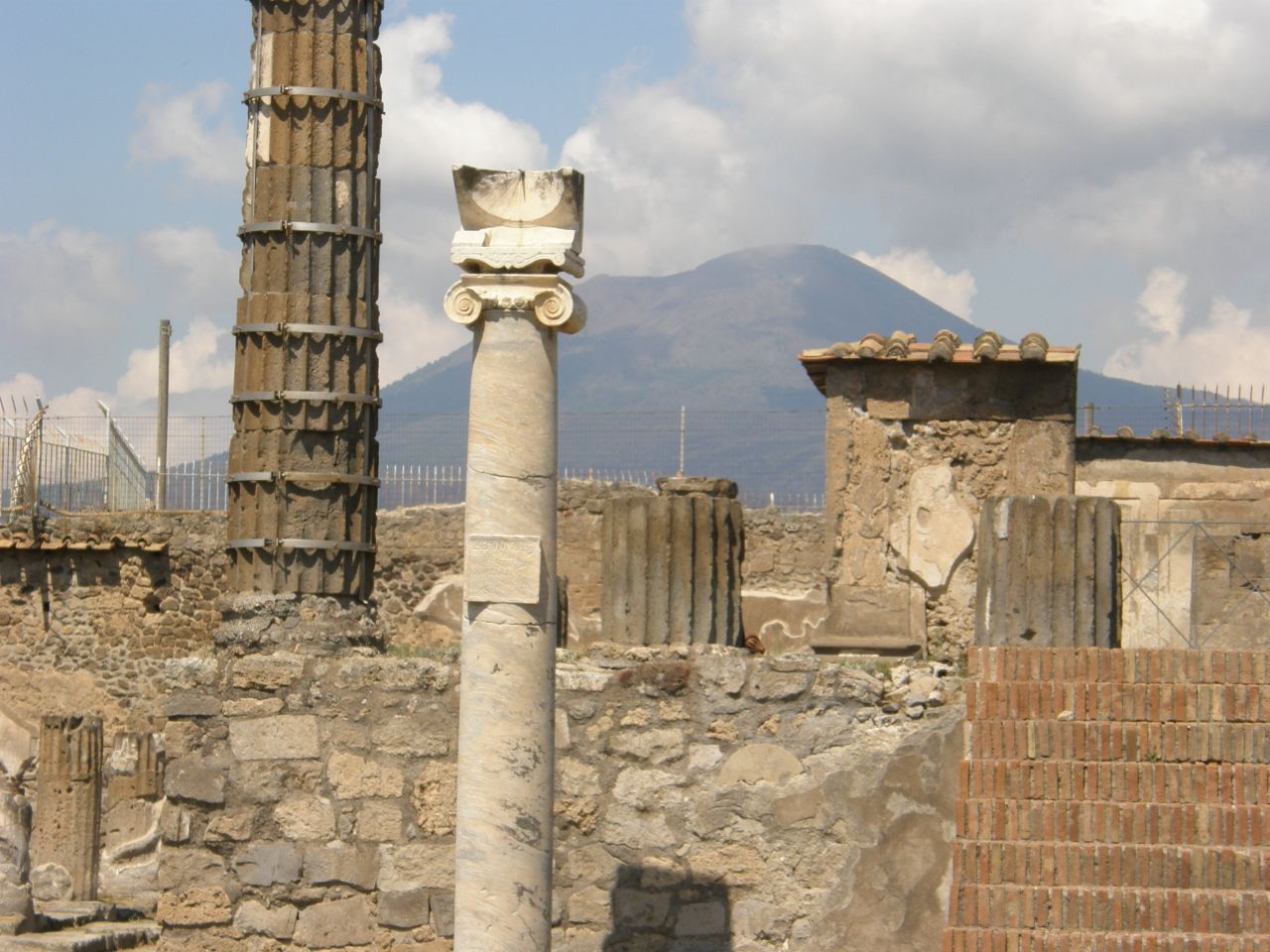
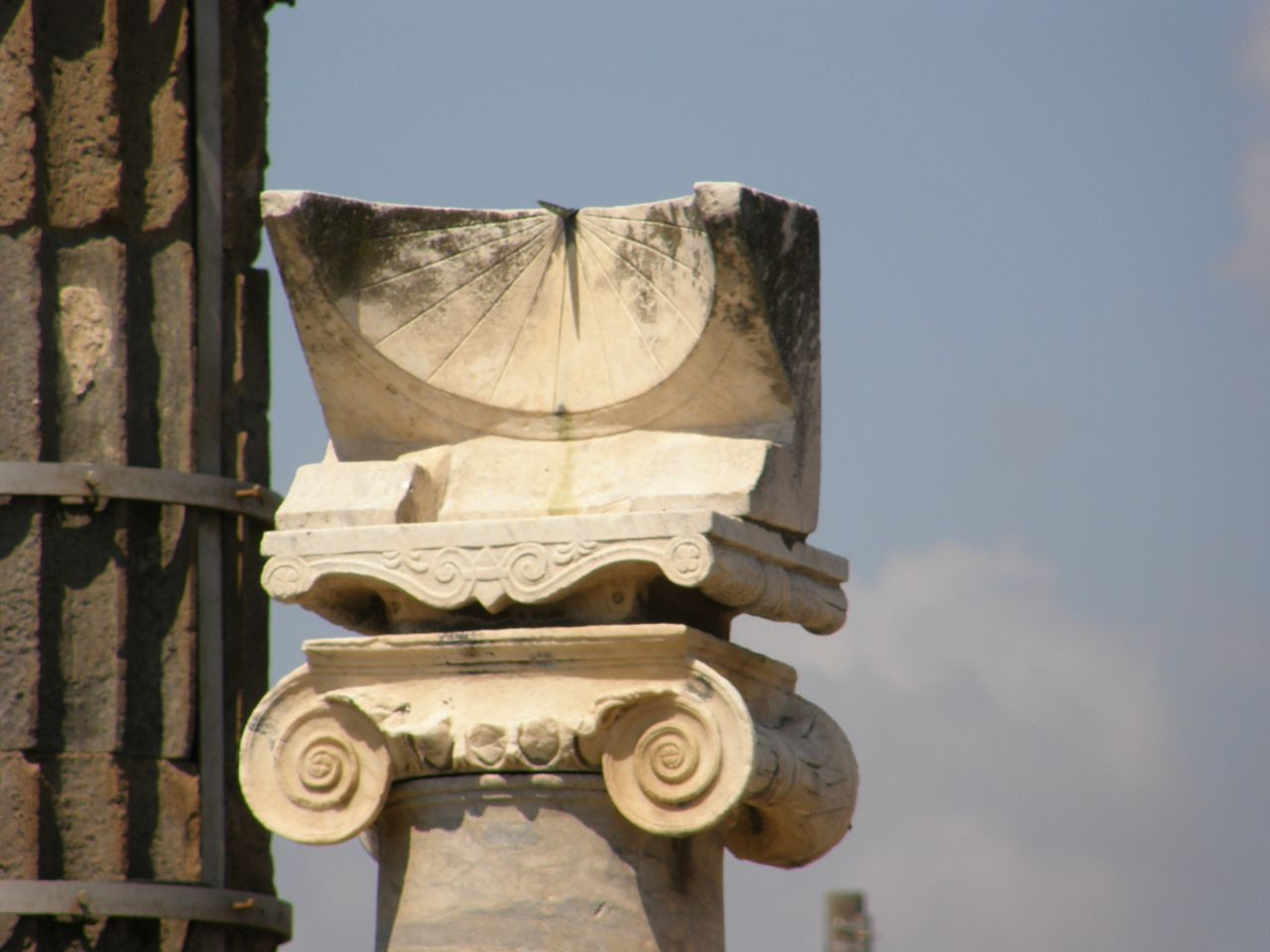
The room on the image below is called "The Sundial Room" and is a fantasticly decorated major room in the National Archaeological Museum in Naples, Italy. On its floor is permanently inscribed a linear path with the 12 zodical constellations indicated. Near the corner of the room, far above the floor, is a small opening to the exterior to allow the image of the sun to shine onto the floor and, at local solar noon, cross the line on the floor. I took these pictures in the fall of 2018 and it seemed to me to be the most elaborate construction of a sundial in a the most beautiful location that I have ever encountered.

I have located the the wall opening through which the sun shimes at noon with arrows on each side to more easily locate it. I have also included the same image without the arrows.
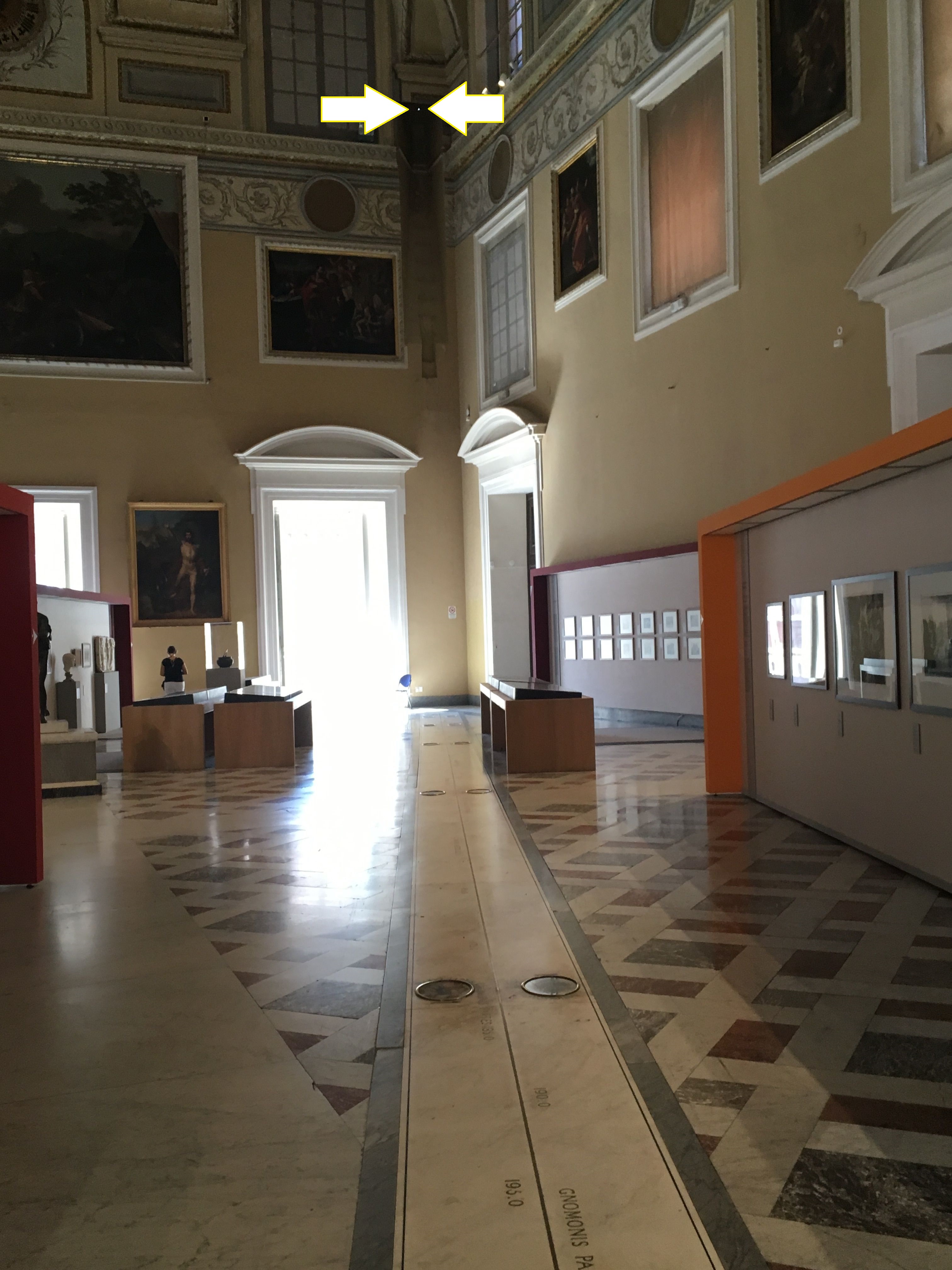
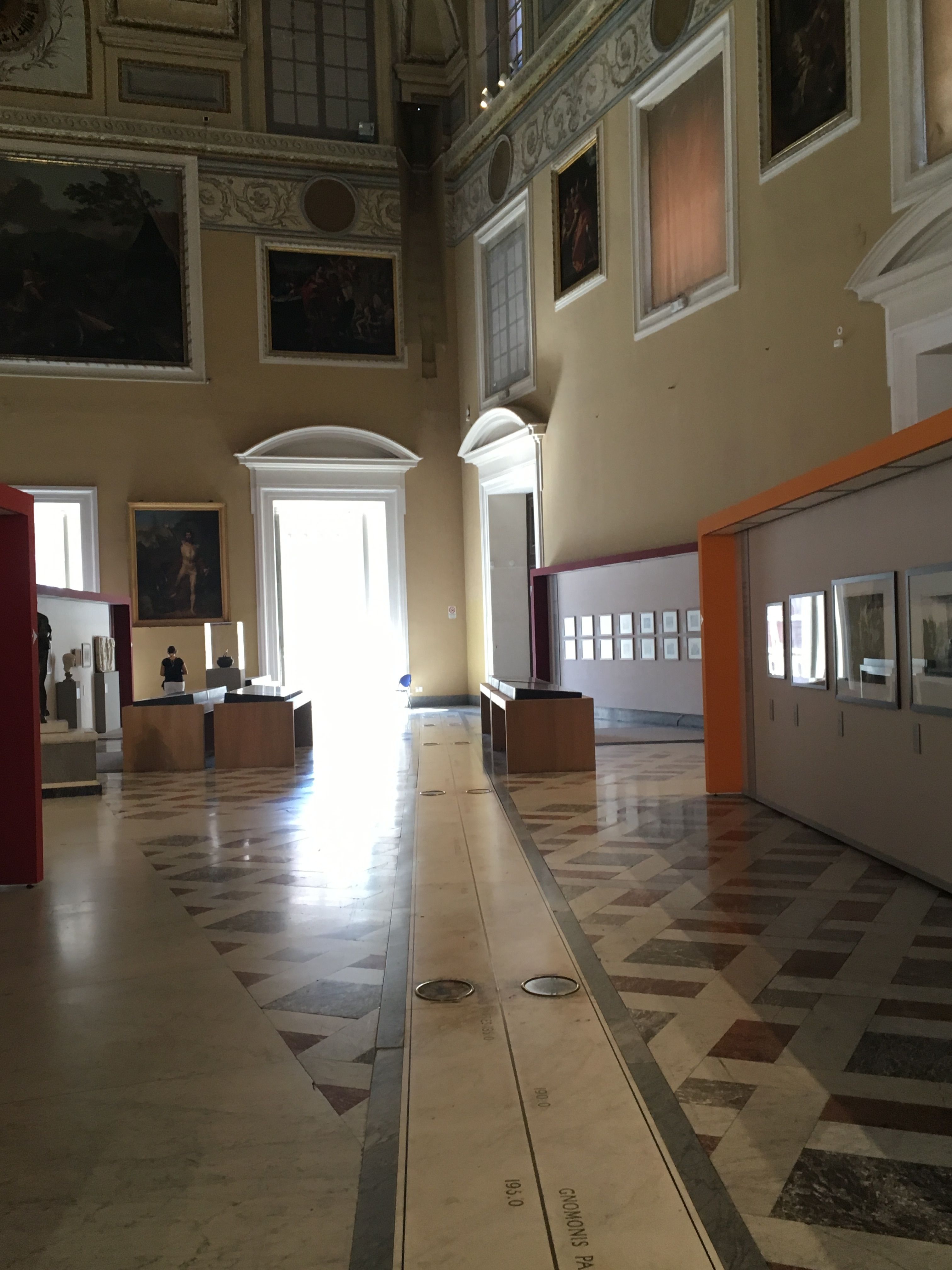
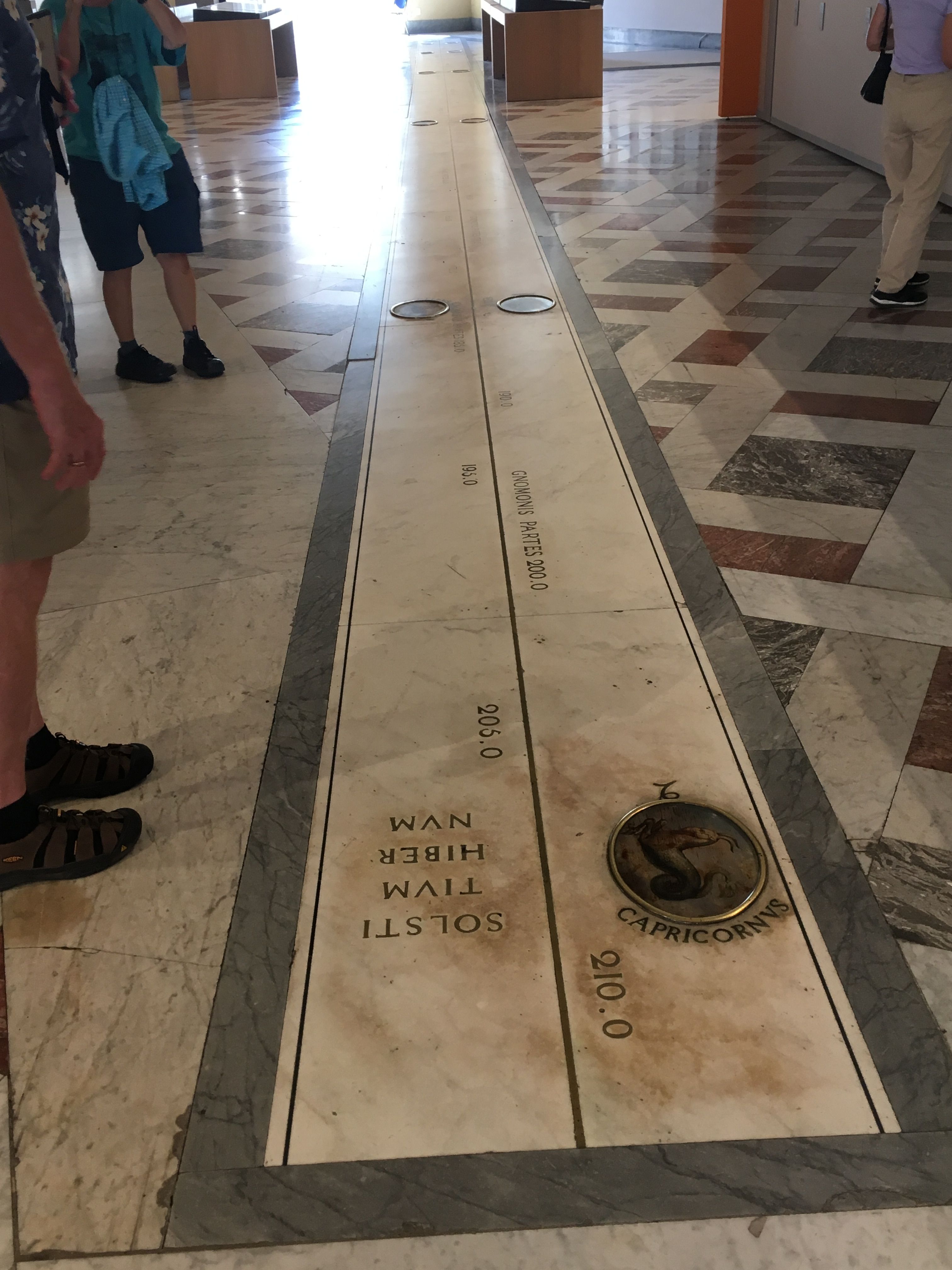
The sundial below is located at the entry gate of the Venetian Arsenal, the historic and still-active naval base located in Venice Italy.
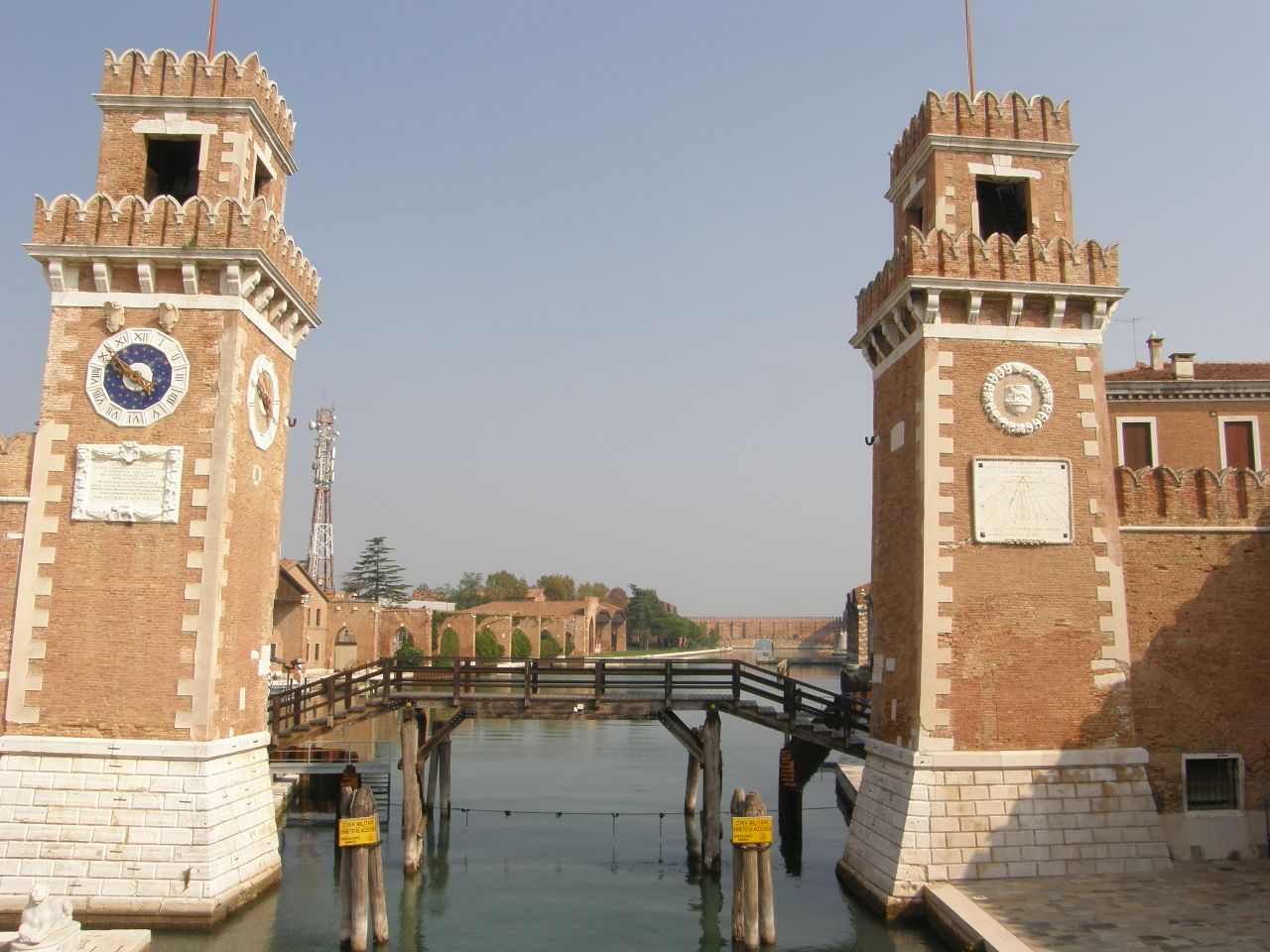
Notice the cable strung across the waterway entrance to the arsenal. This cable is lowered to permit authorized entry of boats by guards who are stationed behind the left tower. The historic sundial is on the face of the right tower.

I took the images below a few minutes before 10 AM local Venice, Italy, time on September 12, 2018. The analemma, which shows the equation of time, is only presented for the noon hour. Had the photo been taken on September 23, an equinox, the tip of the shadow would have fallen on the horizontal center line. Had I taken it on Summer Solstice, June 23, the tip of the shadow would have fallen on the bottom curved line. Likewise, Winter Solstice (December 23 would have placed the shadow tip on the top curved line. Notice the two horizontal curvy lines (top and botom) don't have a minimum and maximum, respectively, at the exact same time.
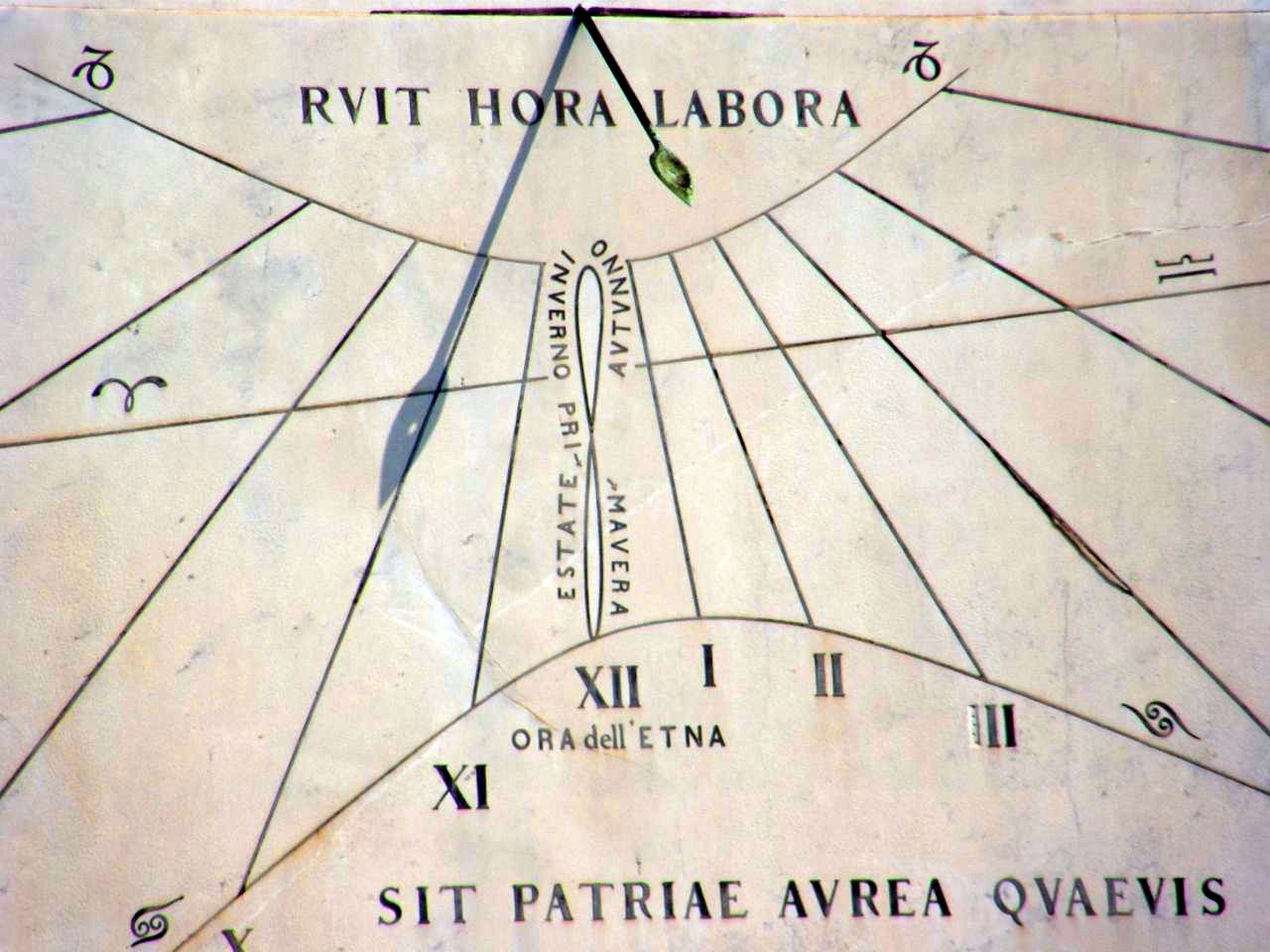
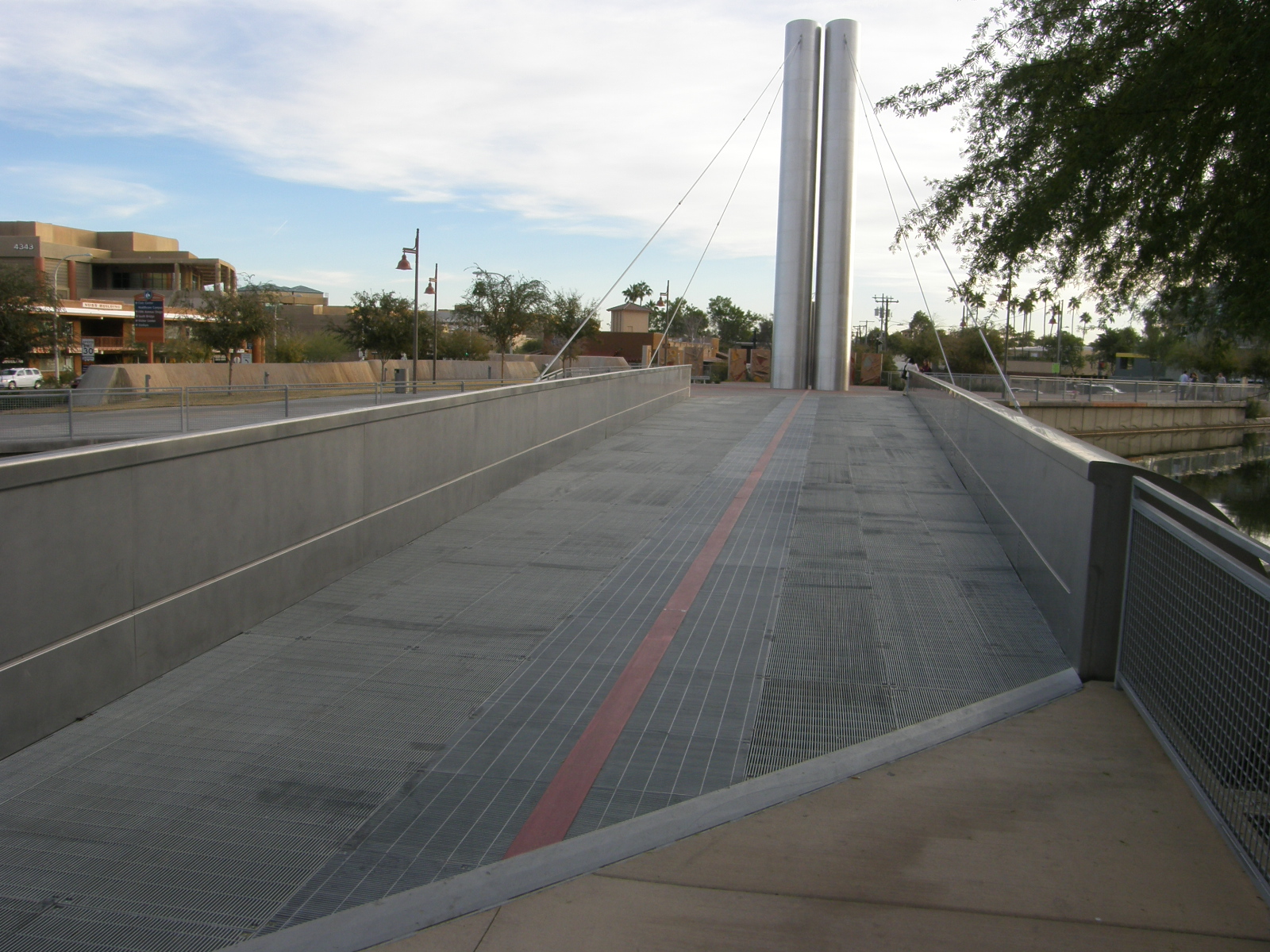
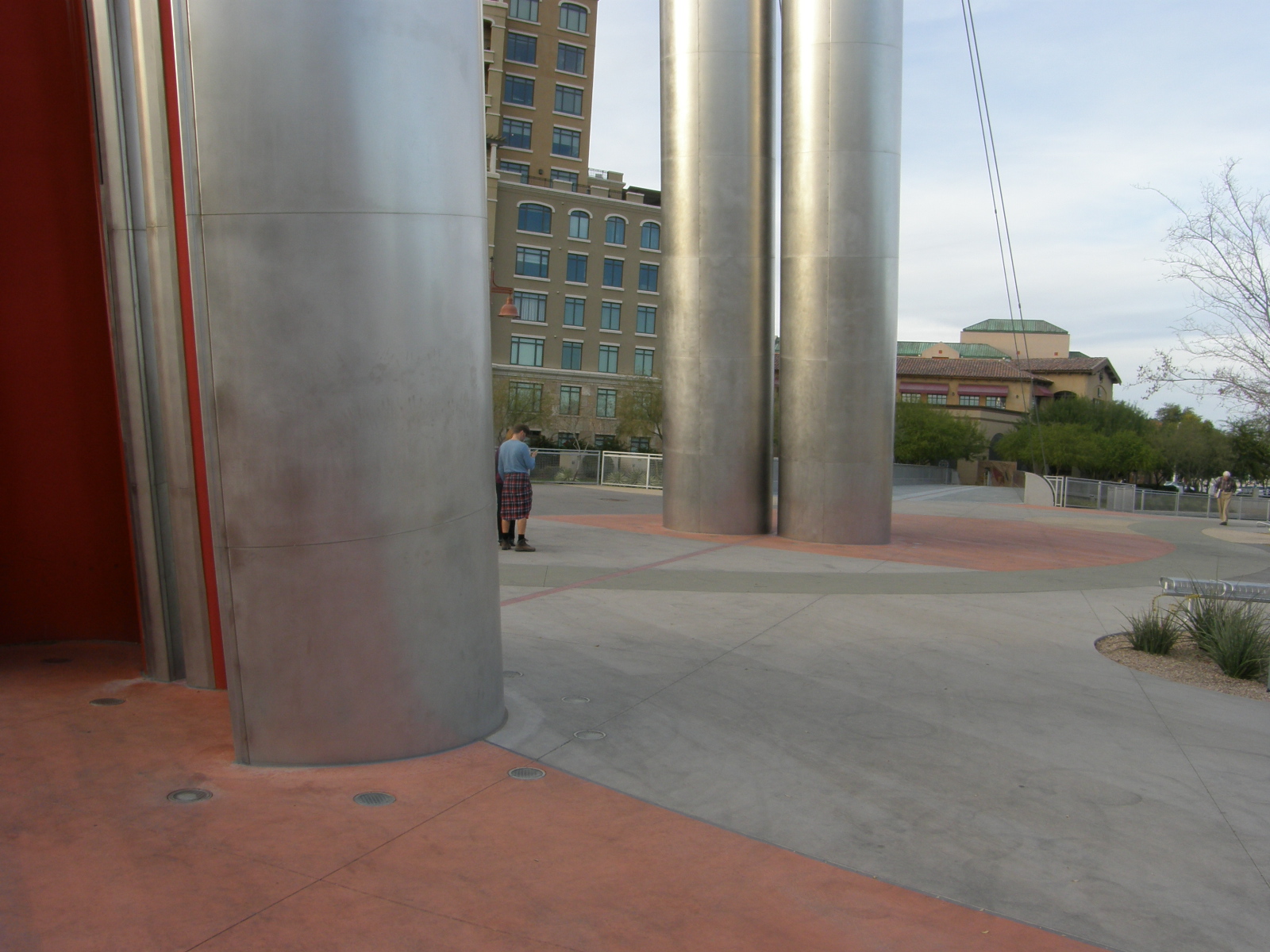

The one above, which is unusual, is located in Scottsdale, AZ.
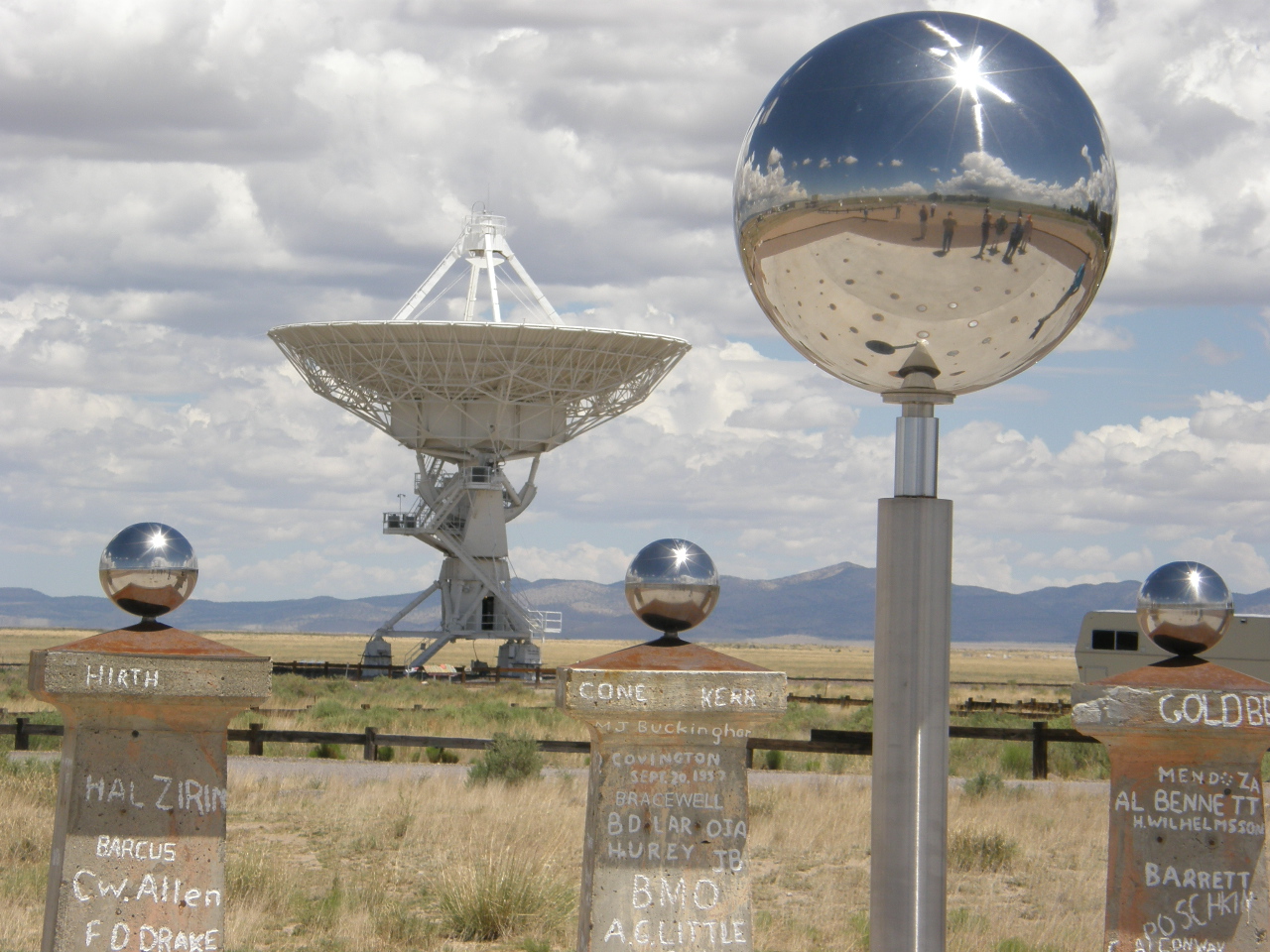
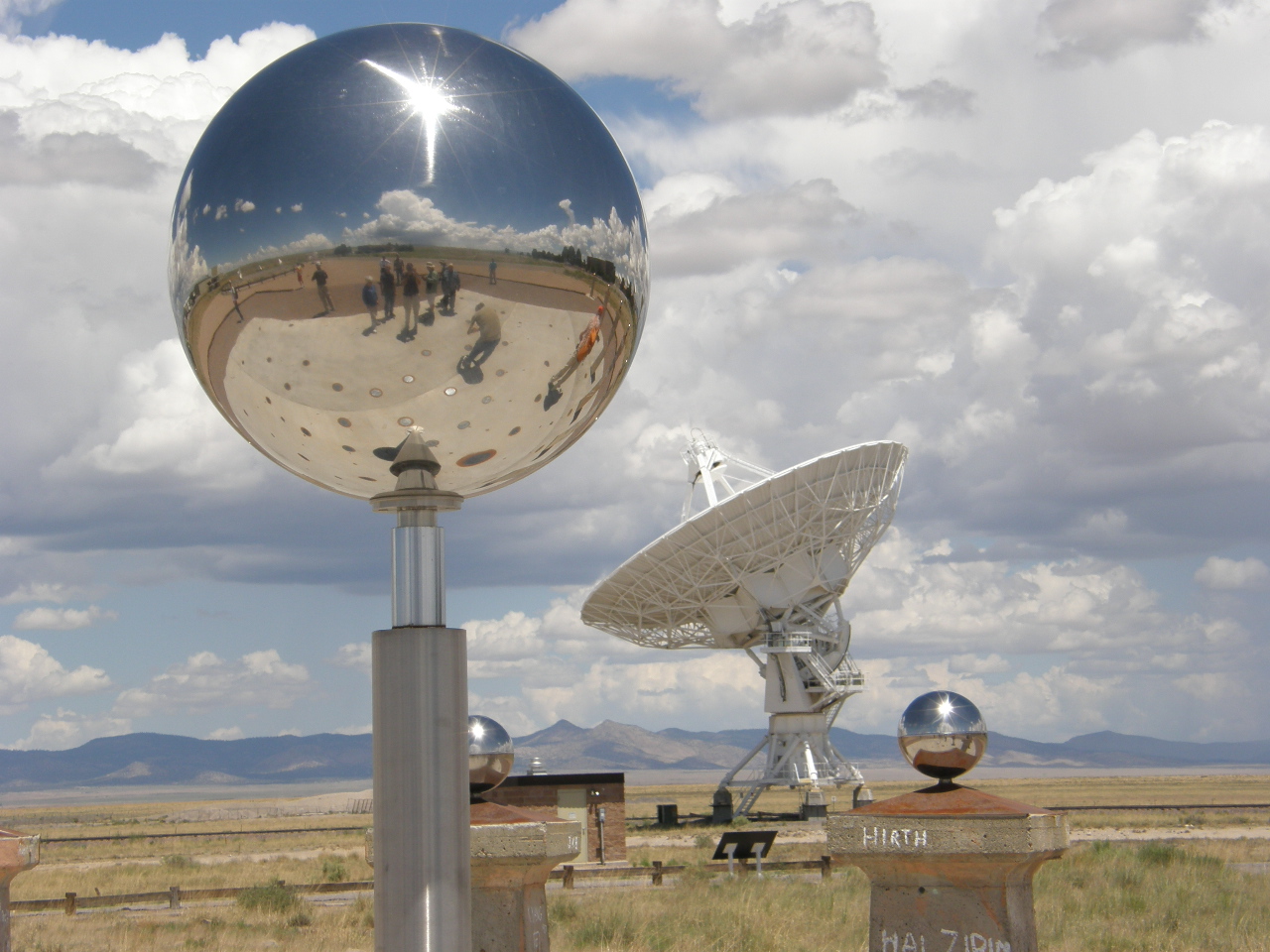
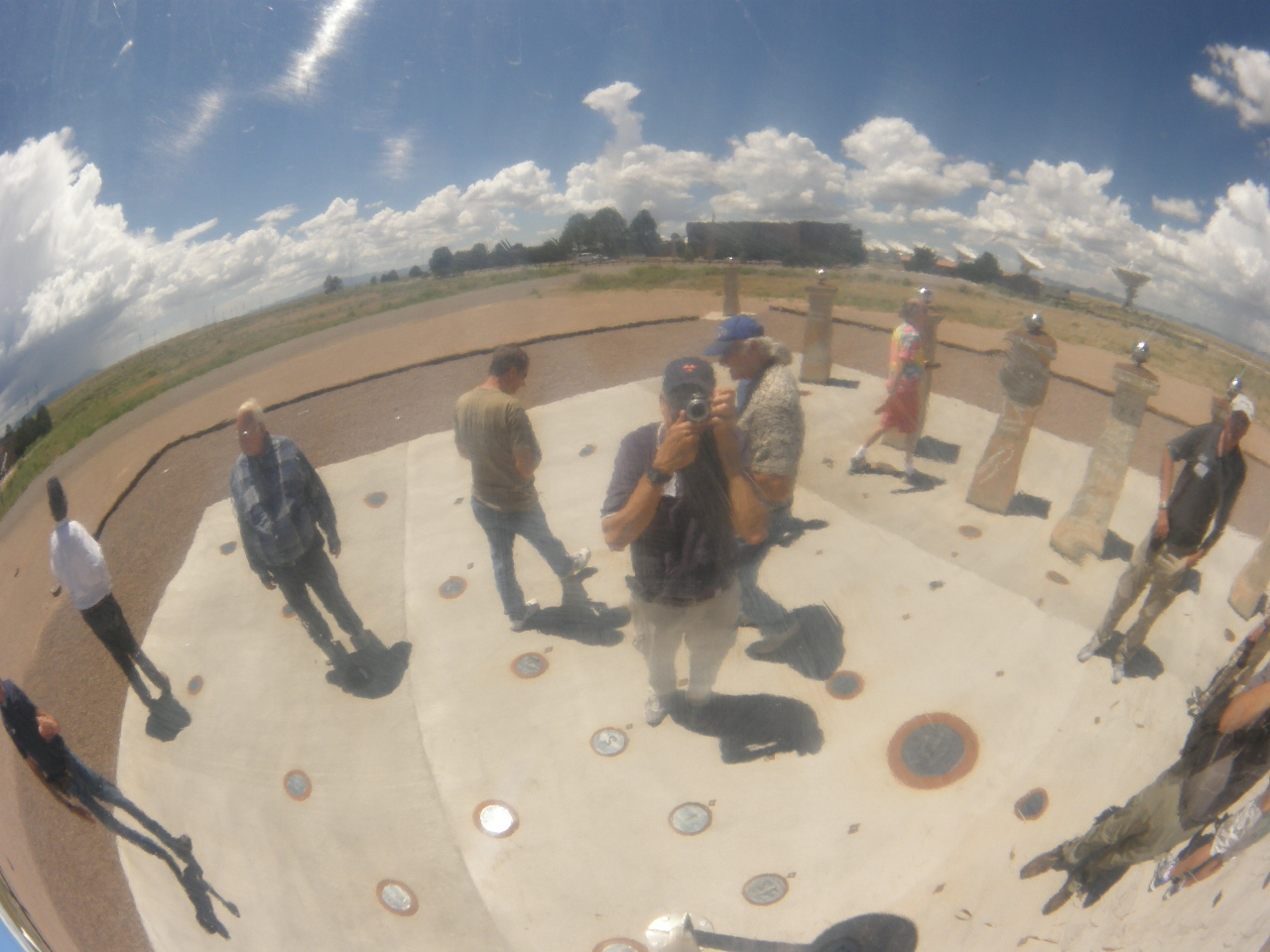
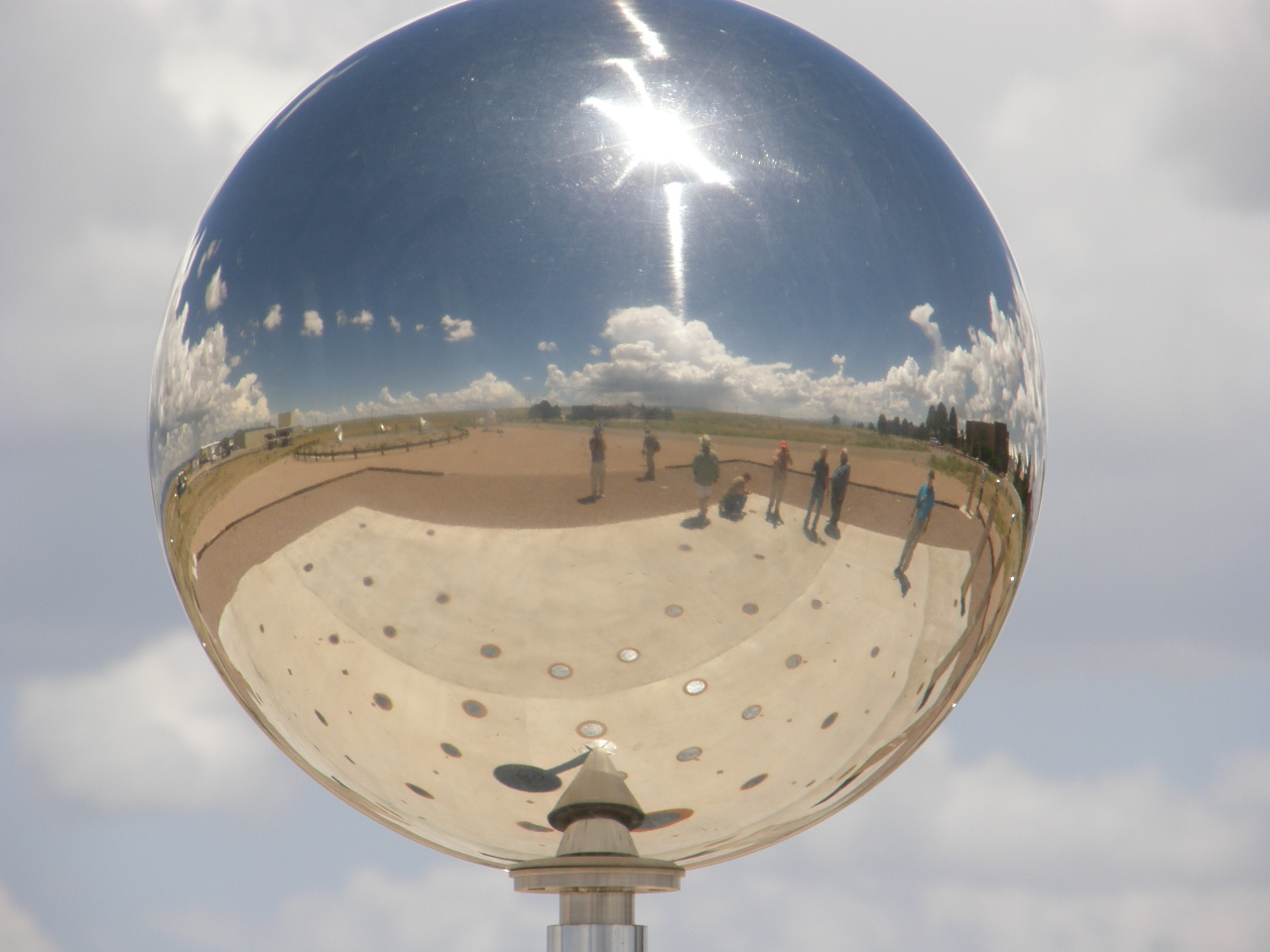
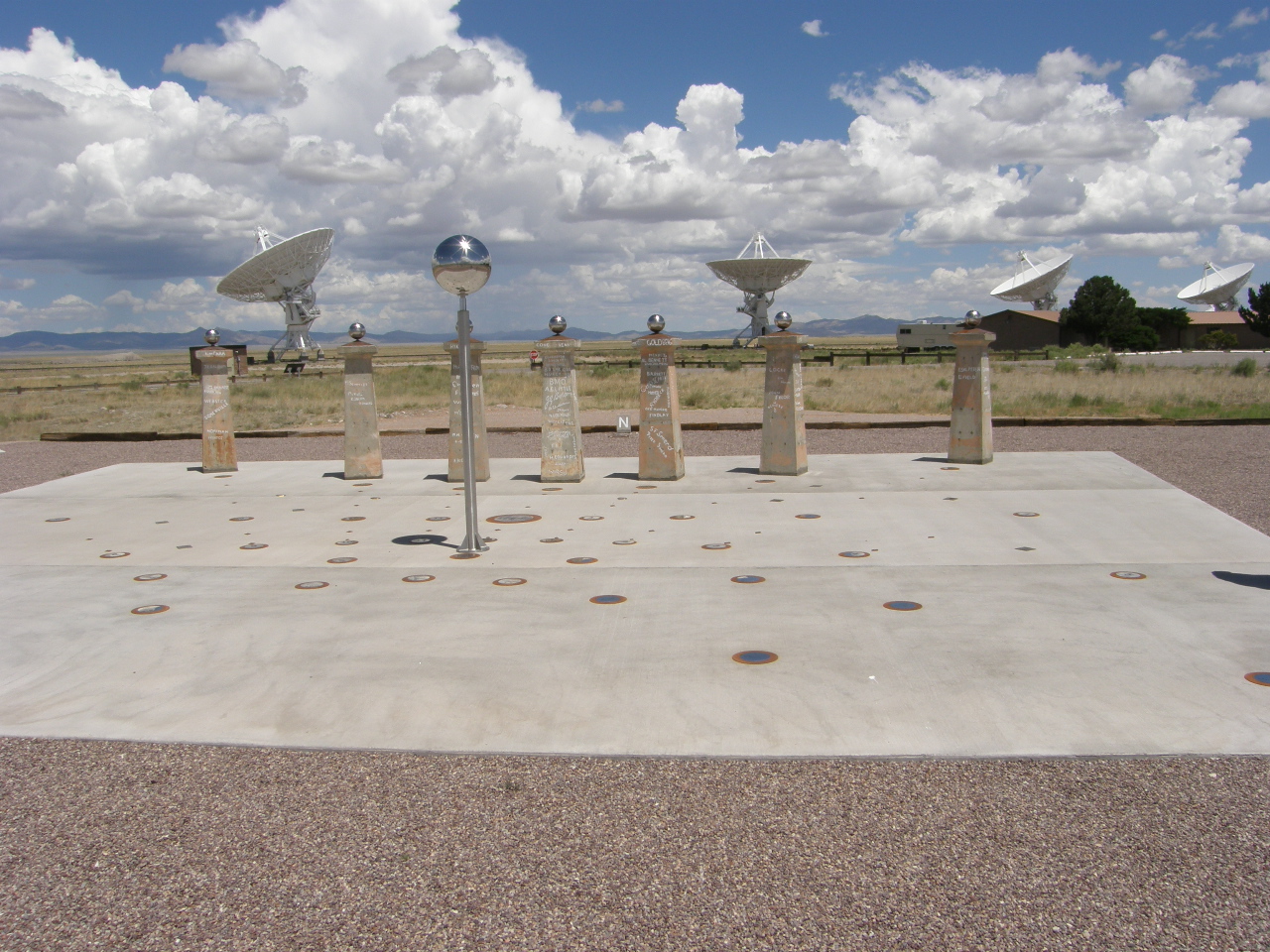
This sundial, which is even more unusual, is located at the Very Large Array near Socorro, New Mexico.
And maybe you thought there could be only one kind of sundial.
For information about the sundial at the Very Large Array, see the following:
https://public.nrao.edu/wp-content/uploads/2018/03/Bracewell-Sundial-Brochure_web.pdf








